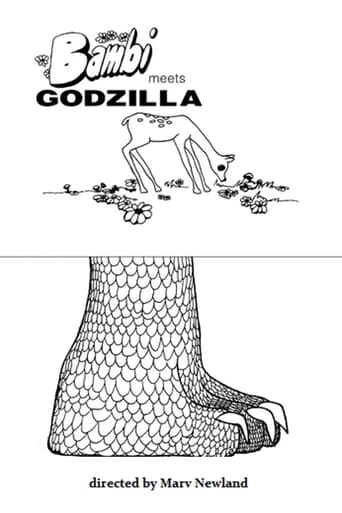
10 Jul 1969

Bambi Meets Godzilla
Bambi is nibbling the grass, unaware of the upcoming encounter with Godzilla. Who will win when they finally meet? Preserved by the Academy Film Archive in 2009.
A walking figure emerges from a changing, circular cycle; his inner self emerges and precipitats a series of violent struggles with himself, adapting various animal forms along the way. Preserved by the Academy Film Archive.

10 Jul 1969

Bambi is nibbling the grass, unaware of the upcoming encounter with Godzilla. Who will win when they finally meet? Preserved by the Academy Film Archive in 2009.
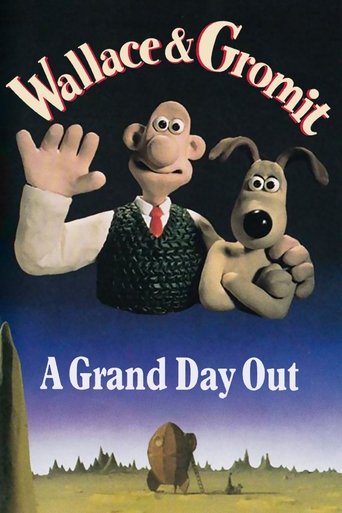
18 May 1990

Wallace and Gromit have run out of cheese, and this provides an excellent excuse for the duo to take their holiday to the moon, where, as everyone knows, there is ample cheese. Preserved by the Academy Film Archive.
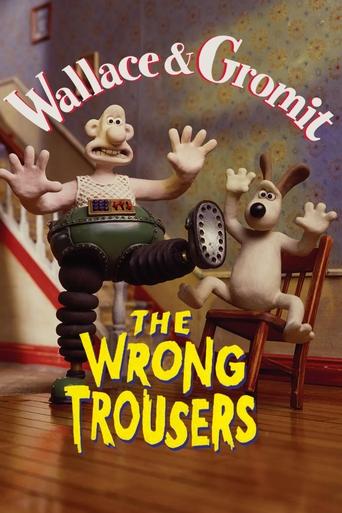
17 Dec 1993

Wallace rents out Gromit's former bedroom to a penguin, who takes up an interest in the techno pants created by Wallace. However, Gromit later learns that the penguin is a wanted criminal. Preserved by the Academy Film Archive.
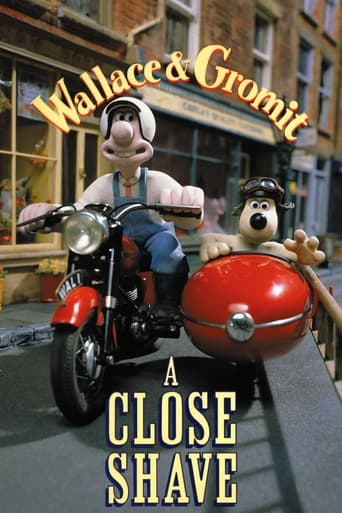
07 Mar 1996

Wallace's whirlwind romance with the proprietor of the local wool shop puts his head in a spin, and Gromit is framed for sheep-rustling in a fiendish criminal plot.

01 Jan 1976

Mountain Music illustrates what happens when technology gets too advanced too soon. Preserved by the Academy Film Archive in 2012.
01 Jan 1984
The bizarre adventures of the cartoon character Foska, drawn by 22 animators working in collaboration. Each animator worked on his or her own sequence only and did not know what action preceded or followed his or her sequence, except that the first drawing of a sequence is the last drawing from the previous sequence. Preserved by the Academy Film Archive in 2010.
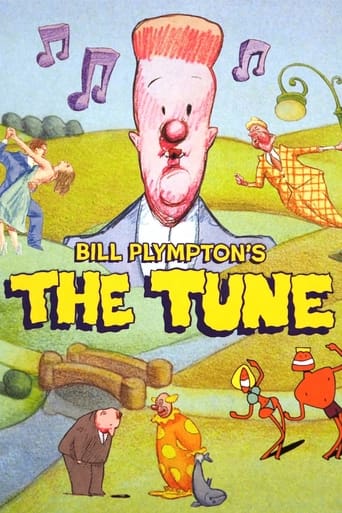
04 Sep 1992

Del is a song writer for the obnoxious Mr. Mega, and in love with Didi, Mega's secretary. His quest to write a hit tune brings him to the wacky world of Flooby Nooby, where he just might learn to write songs from the heart. Preserved by the Academy Film Archive in 2016.
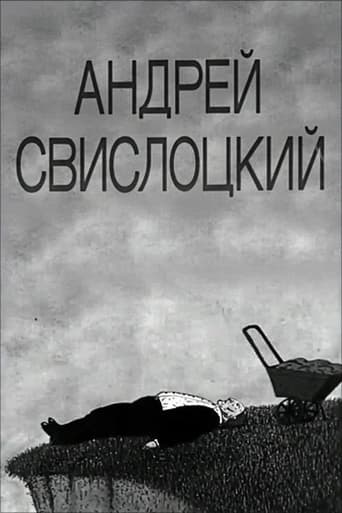
01 Jan 1991

This animated short focuses on the lives of three eccentric people living on a farm in the Ukrainian countryside. Told in a non-linear, stream of consciousness style, the film depicts the deceitful relationship between a master and his two servants. Preserved by the Academy Film Archive in 2007.
02 Jan 1942
An instructional video that teaches, through stop-motion animation, how to build a bridge over a gorge that can hold heavy military equipment. Preserved by the Academy Film Archive in 2004.
01 Jan 1987
The story of a starving third-world infant, set to a song by Harry Chapin. Preserved by the Academy Film Archive in 2015.
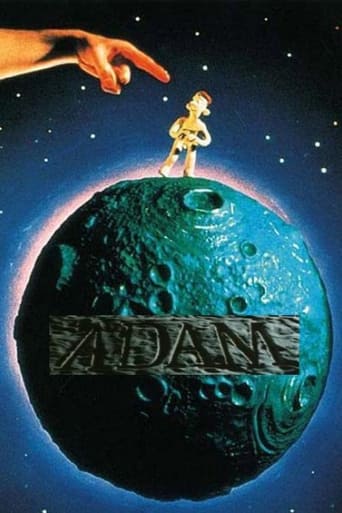
05 Oct 1992

When The Hand of God creates Adam, he must learn the ways of the world, and can only hope for company.

02 Jan 1980

"I think of Odalisque as my first film. It was completed after film school and I worked with just a graphite pencil, a small group of colored pencils and animation bond. It is a trilogy of amorous dreams coming from the imagination of a woman recalling her childhood, her beloved twin so difficult to separate from and becoming an adult sexual person. The aria Sempre Libera from La Triviata by Verdi opens the film and the poem Leda and the Swan by WB Yeats ends it. It was great to work with Michael Riesman who created the sound track. I loved working in NYC in those days with Robin McDaniel, Rebecca High and others." Preserved by the Academy Film Archive in 2017.
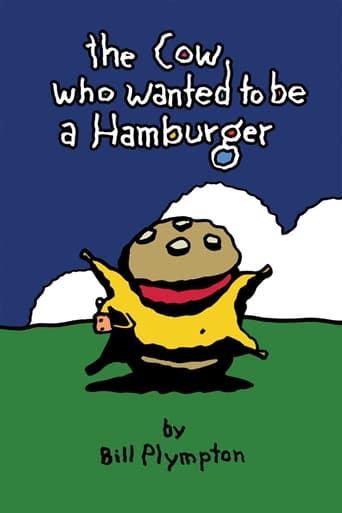
12 Mar 2010

A children's fable about the power of advertising, the meaning of life and ultimately the test of a mother's love. Preserved by the Academy Film Archive in 2016.
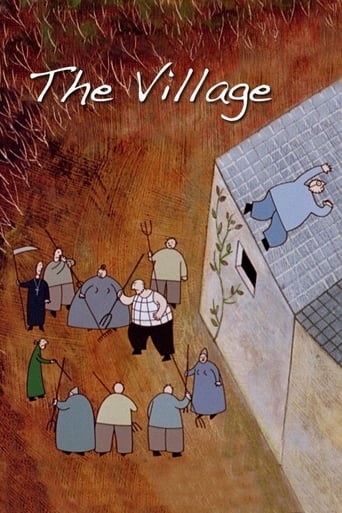
01 May 1993

A village is ruled by the church, but is filled with hypocritical sinners who constantly spy on each other. Preserved by the Academy Film Archive in 2008.
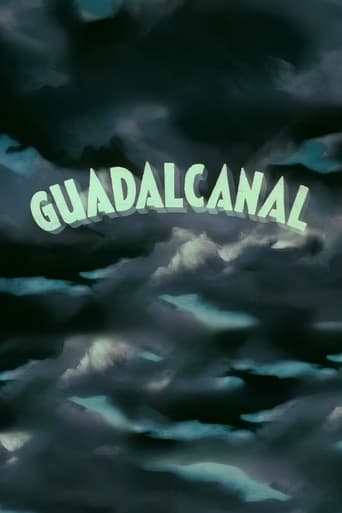
31 Dec 1943

A stop-motion animated account of the 1942 Battle of Guadalcanal in World War II. Preserved by the Academy Film Archive in 2004.

13 Apr 1921

After becoming hypnotised Felix decides to try hypnotism himself. After he is successful a couple of times he decides to hypnotise his wife. The plan backfires and Felix is kicked out of his house again. Preserved by the Academy Film Archive in 2010.
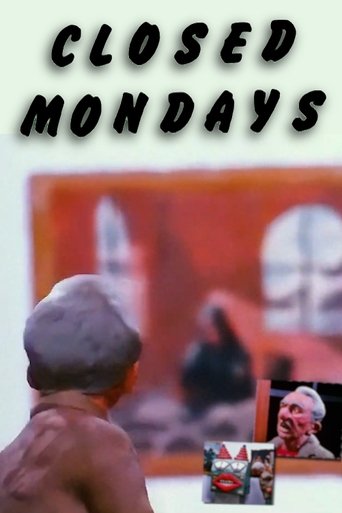
01 Oct 1974

An intoxicated man trespasses into an art gallery after hours.

14 Oct 2004

Why do dogs bark at such innocent creatures as pigeons and squirrels... what are they afraid of? This film answers that eternal question. Preserved by the Academy Film Archive.
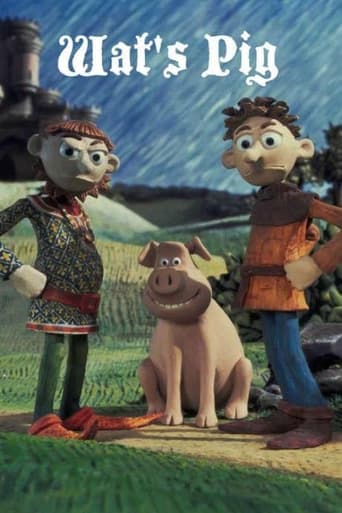
10 Apr 1996

In a Medieval castle, a marauder tries to kidnap the twin infant sons of the lord. He makes off with only one, whom he drops about a mile away. A pig rescues this baby, so one brother grows up high on the hog, the other down with the swine; one is lazy, his lost brother is industrious. Years later, when a neighboring prince declares war, the brother in the castle is too soft to fight. Through happenstance, the twins are united just before the final battle. Will the upper-class brother let his humble sibling lead the troops to certain defeat and death? Preserved by the Academy Film Archive.
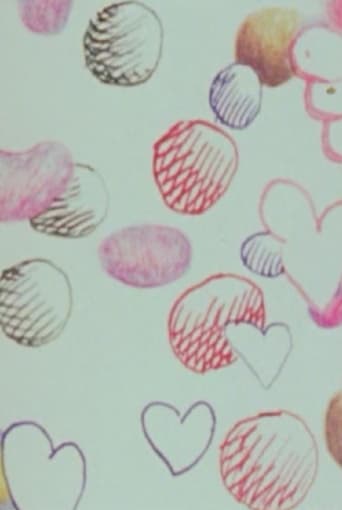
01 Sep 1972

Beckett cycles through a limited number of drawings, but adds new information to each drawing every time we see it, giving the sense of a world that is infinitely rich and also obviously contained tightly within the edges of the paper. Preserved by the Academy Film Archive in partnership with iotaCenter and National Film Preservation Foundation in 2007.